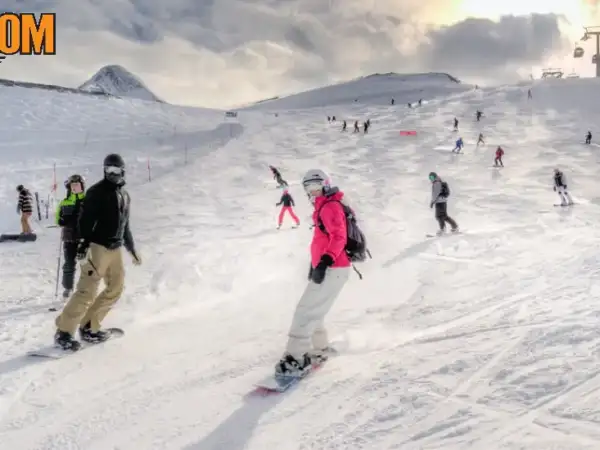As winter sets in, snowboarders eagerly await the fresh blast of snow that allows them to hit the slopes. While preparing your equipment, you likely will sharpen edges, check all components for wear and tear, and ensure your boots and bindings are in good working order. However, one crucial aspect of gear maintenance that many riders overlook is waxing their snowboard.
If you’re new to the sport or have gotten away with not waxing in the past, you may wonder why it’s so important. Read on to find out the key reasons upholding a regular waxing regimen will benefit your board – and your time on the mountain.
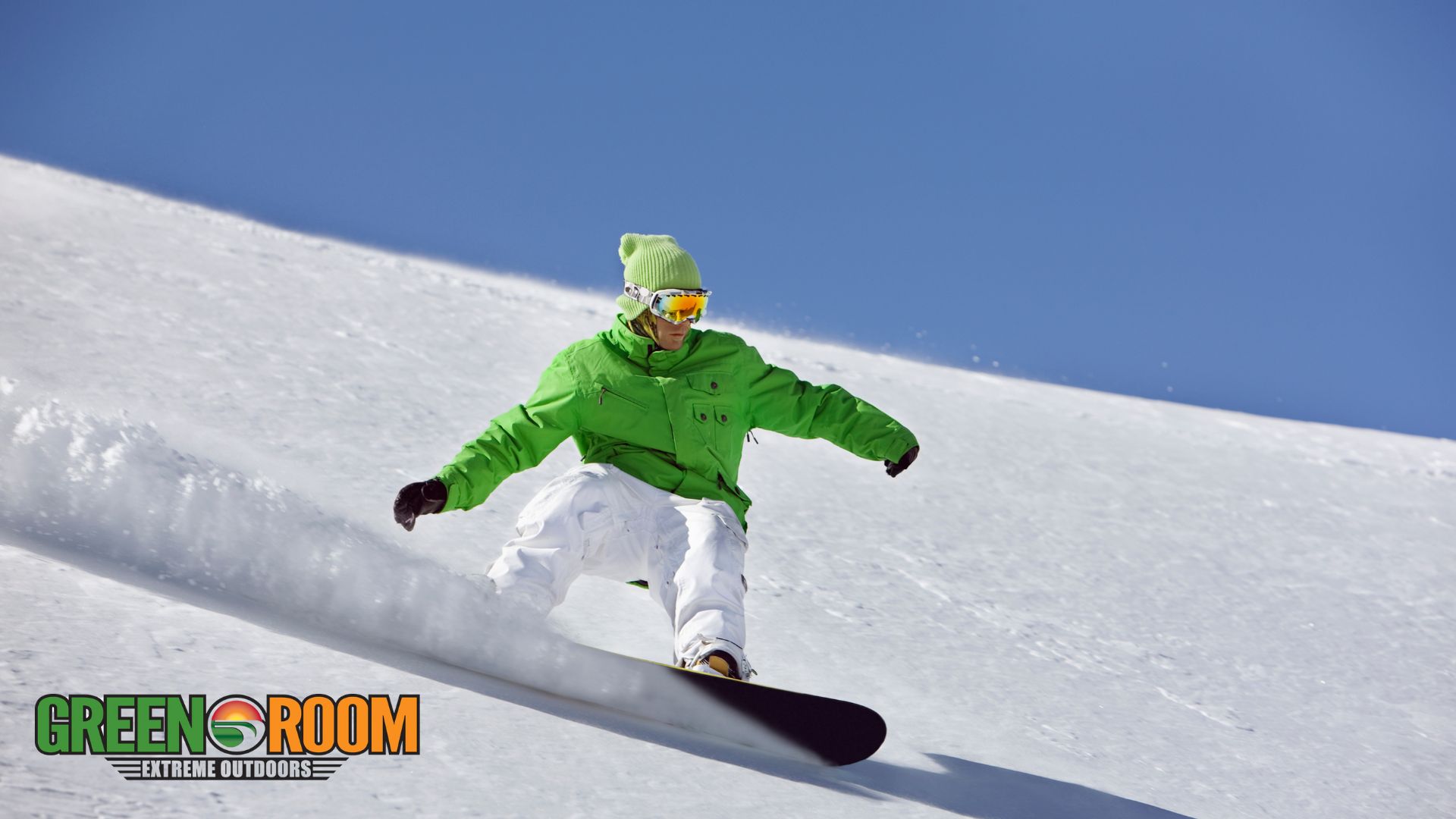
Waxed Snowboard Provides a Smooth Glide
The number one reason to regularly wax your board is that it will glide much more smoothly and quickly over snow and ice. The gist of it is that wax becomes a barrier between the base of your board and the elements beneath you. Instead of the frozen precipitation sticking and creating friction with your board, a fresh application of wax helps water molecules slide right off.
An unwaxed or poorly waxed board often feels “sticky” when carving turns or traversing flatter terrain. With minimal speed from descent, you have to awkwardly skid and push to keep moving. This lends to an uncomfortable, jerking motion that can sap your momentum as well as energy. Wax prevents this scenario, so you maintain fluidity no matter the pitch or conditions.
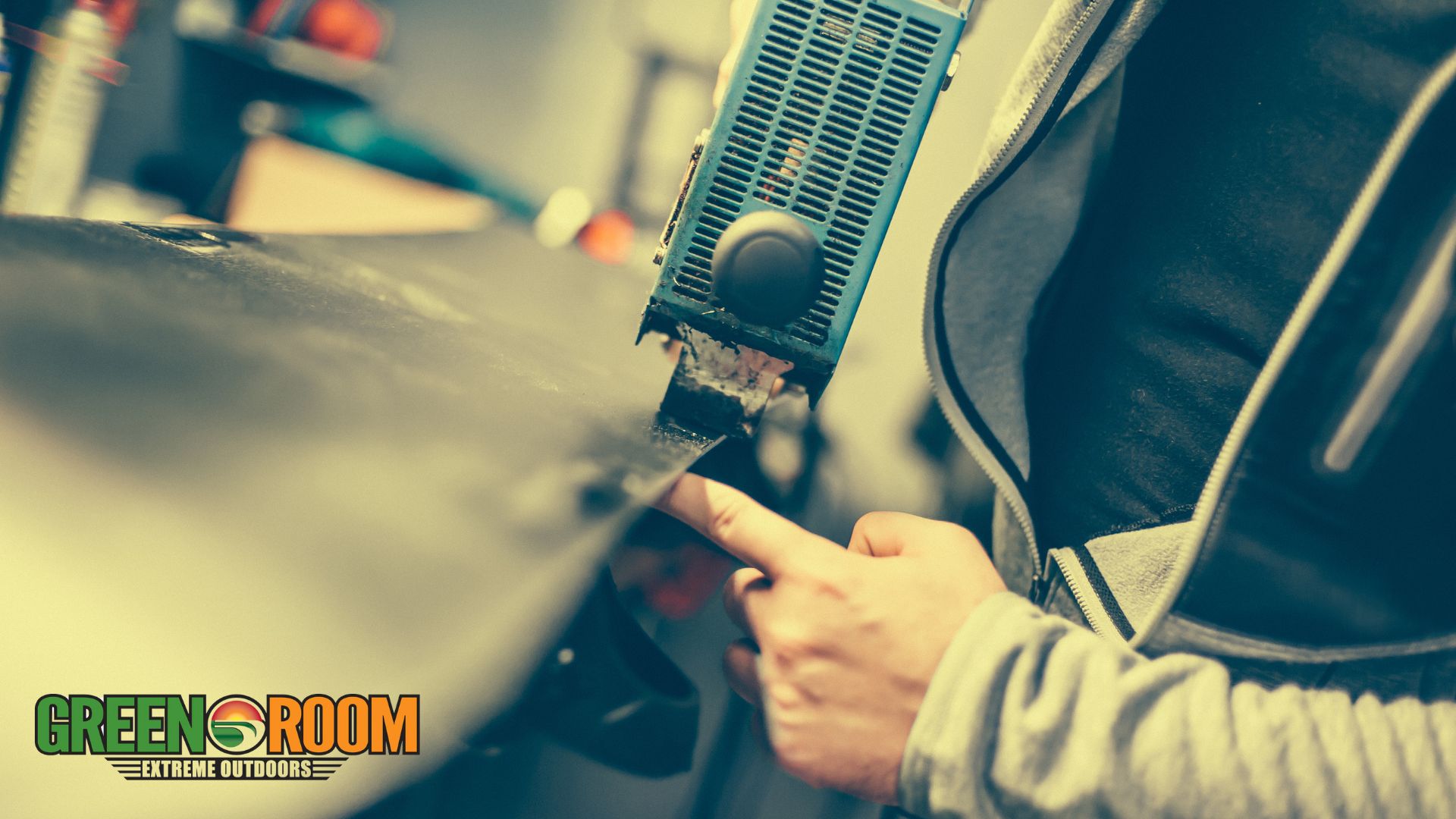
Protects the Board’s Base
Beyond aiding momentum and ease of motion, wax protects the integrity of your snowboard itself. Bases commonly consist of polyethylene or sintered materials that are porous enough to absorb liquids and contaminants. So every time you ride without wax, foreign particles and moisture seep further into the tiny holes and crevices.
Over time, this leads to oxidation, cloudiness, and base deterioration. By filling space in the base with wax, you limit the ability for impurities to take hold. A routine application also adds an extra coat to safeguard from surface damage that naturally occurs as you ride rails and come into contact with rocks or tree branches hidden under the snow.
Adapts to Variables
To make the most of your mountain experience, you adapt to ever-changing conditions by swapping gear or adjusting technique. Fresh snowfall versus ice patches versus slush demand distinct approaches to avoid washing out or catching an edge. Just as you select a particular board shape, flexibility, and edge bevel for the day, the wax you choose plays a major role.
Wax comes in grades that take temperature and moisture level into account. For frigid powder days, a hard cold wax provides exceptional repellency so flakes brush off your board instead of accumulating. In warmer wet snow, you’d opt for a softer, stickier alternative to supply grip without snagging the terrain excessively.
As the mercury rises and surfaces become saturated, it may seem counterproductive to wax. But specialized slush or warm weather wax will combat the slow, sluggish ride produced by saturated snow. There’s also an all-temperature “universal” wax that serves as a great catch-all if you ride varietal conditions often. Simply put, wax gives you more control over your equipment so you can take full advantage of whatever’s in front of you.
Maintains Trade-In Value
Snowboards represent a significant investment, especially if you acquire premium gear with cutting-edge tech. So even if you plan to ride a board until it’s delaminating at the edges, it’s smart to care for it properly along the way. This includes storing it correctly in the off-season and making sure the base retains its luster by waxing and buffing out scratches when possible.
Following these preservation steps means you’ll fetch a higher resale value or trade-in credit whenever you do decide to upgrade your setup. Alternatively, your well-kept equipment makes an excellent hand-me-down for a family member or friend who wants to get into the sport without paying full price for new gear. Either way, the effort you put into maintenance will quite literally pay off down the road.
Enhances Overall Board Feel and Response
From recreational riding to hardcore tricks in the terrain park or backcountry lines, a freshly waxed board simply feels better overall. As wax seals the porous base and provides a barrier between snow and board, energy transfers more directly to the terrain instead of being absorbed and dissipated by your equipment. This makes your board springier, livelier, and more responsive.
Carving becomes more effortless because edges can dig in cleanly without wrestling through surface inconsistencies. Jumps feel poppier since wax allows stored energy from your downward pre-load to fully rebound as you launch rather than escape through friction with the snow. Even flat basing feels faster and smoother, almost like you’re gliding on ice skates. It’s a night and day difference that engages you more fully with the downhill experience.
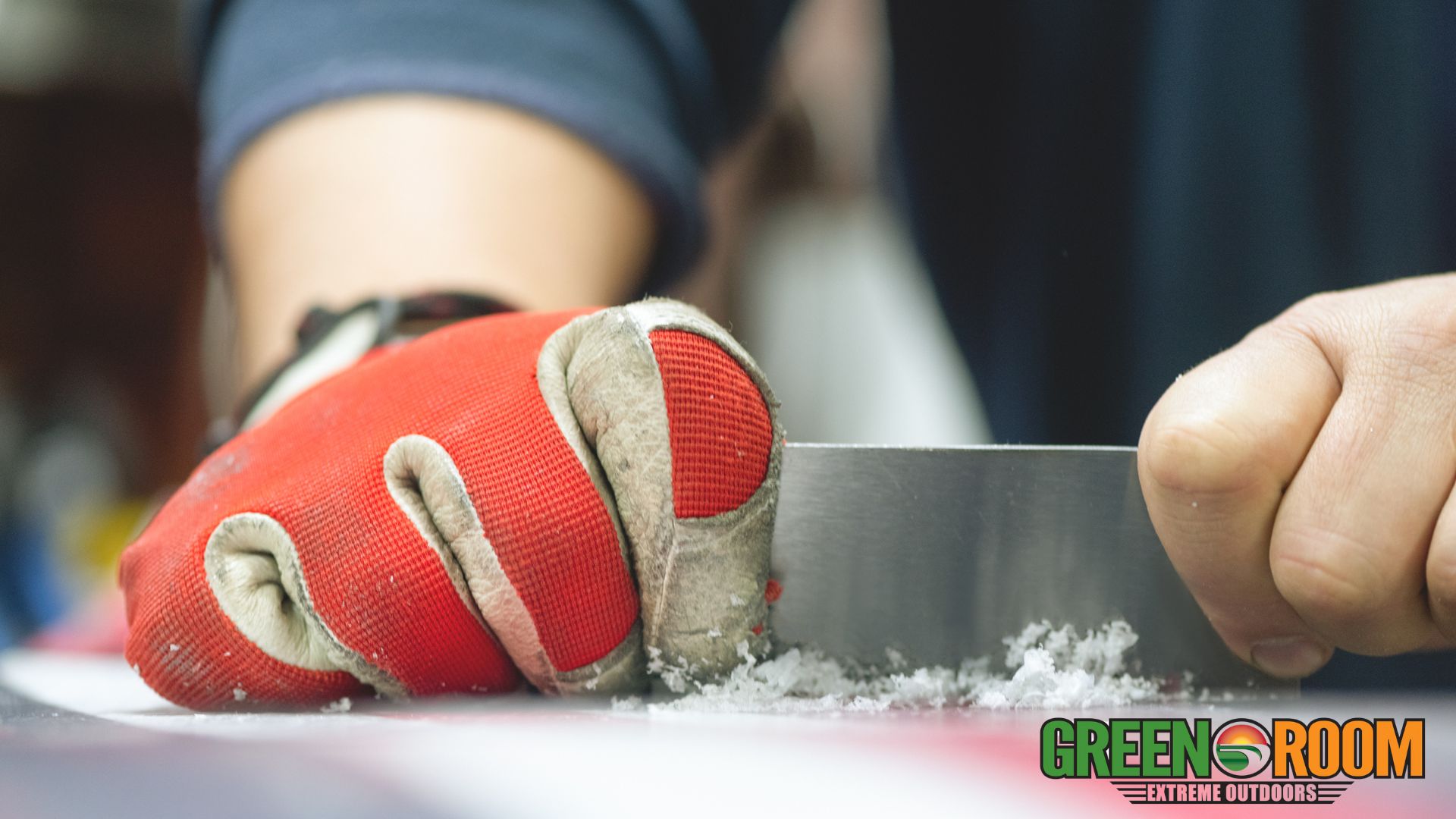
Prevents Icing and Buildup Issues
While makers apply specialty treatments to base material to minimize water absorption, untreated boards still encounter problems with ice adhesion and buildup. As crystals or larger chunks of ice adhere to the base, it damages the integrity of the board. Continuing to ride while iced over also poses safety issues by making edge control more difficult.
By regularly waxing before heading out, a protective layer prevents ice from latching onto the base. Even if some minimal icing occurs, a waxed board releases frozen particles much more easily with a simple stomp or shake. So you’ll spend less time and energy fighting buildup and icing, and more time enjoying nice clean runs all day long.
Requires Only Basic Equipment
While your board itself represents a more costly investment, taking care of it through DIY waxing is incredibly affordable and accessible. The only items you need are:
- Wax (bars or rub-on formulations)
- Waxing iron
- Scraping tool
- Nylon brush or polishing pad
- Clamps (optional)
Then simply pick a temperature-appropriate wax, melt and evenly apply it to the board’s base, let it cool and harden, scrape away excess wax with a plastic scraper, and buff it out. Nylon brushes integrated into many scrappers help smooth things out further.
If you ride often, it’s worth purchasing your own waxing gear. But many shops also offer “hot wax” services for very reasonable fees. Some even host waxing clinics to demonstrate proper technique. So with minimal investment, you can easily integrate periodic waxing into your regular snowboard care regimen.
Environmentally Friendly
As environmental stewardship grows increasingly important for outdoor brands and enthusiasts alike, it’s reassuring to know that snowboard wax can be eco-friendly too. Many manufacturers now formulate their waxes using plant-based ingredients as opposed to petroleum derivatives. These bio-waxes come mainly from renewable sources like trees and flowers.
Soy and palm waxes prove especially popular alternatives. Production of palm wax, which involves pressing oil from palm fruits, provides rural communities in tropical regions with sustainable farming jobs. Soy wax utilizes hydrogenated soybean oil. Since soybeans grow abundantly across North America, sourcing ingredients domestically cuts back on shipping-related emissions.
You can also recycle used wax scraps to prolong the lifecycle of each brick or bar purchased. Used wax containing dirt or debris works nicely as a base or first layer since impurities get scraped off anyway. So with some resourcefulness, you can ride guilt-free knowing your waxing ritual isn’t hurting the planet.
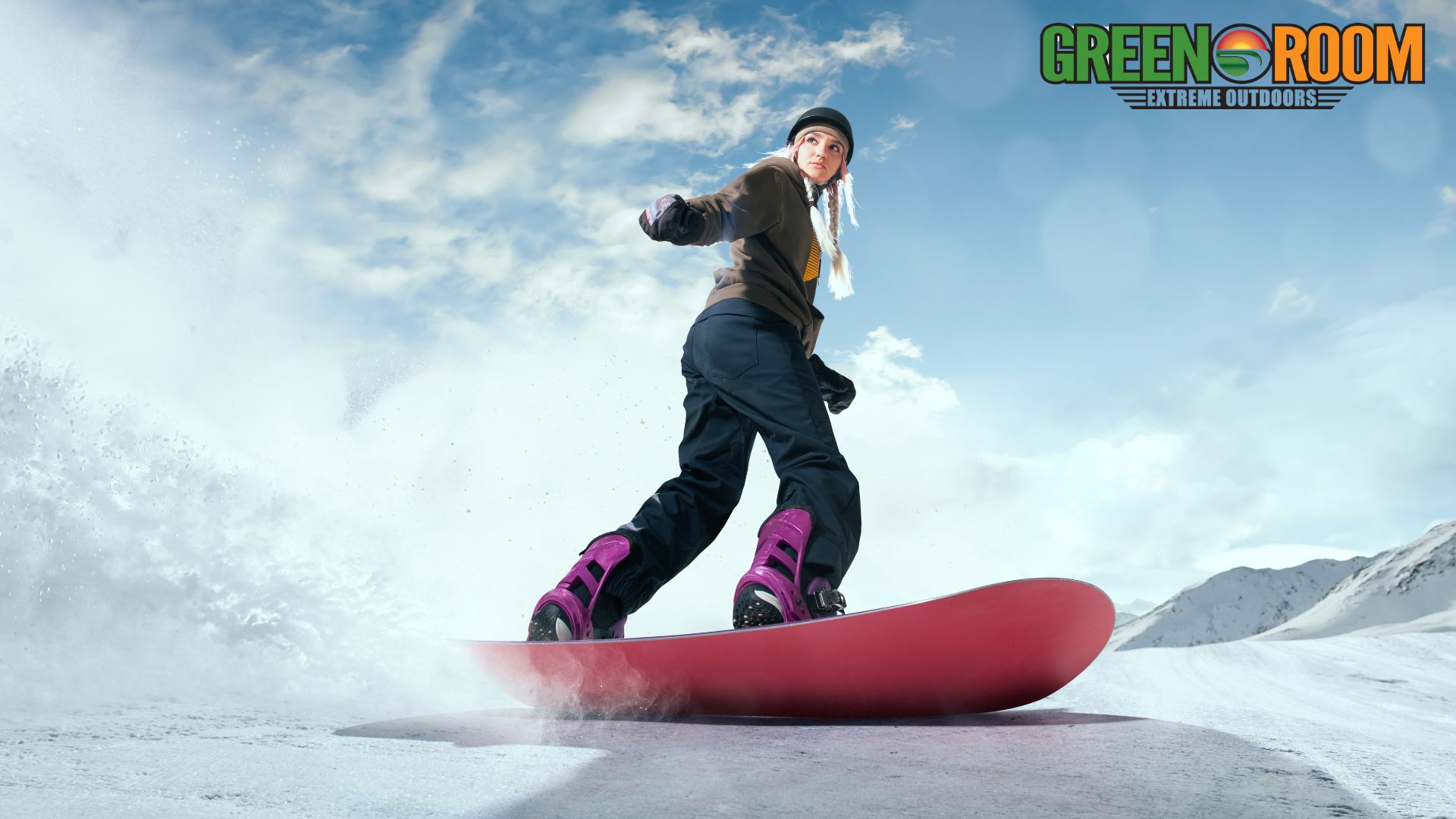
Boosts Confidence on the Slopes
At the heart of it, maintaining your gear translates directly to self-assurance when strapping in. Knowing your edges cut cleanly, your board slides smoothly, and you have control over adapting to conditions fills you with the readiness to take on bolder lines. You feel centered and present without nagging doubts about whether wax buildup will slow you down or unseen ice patches will cause a sudden slipout.
This peace of mind compounds itself psychologically by also having assurance in your preparation process. Instead of watching weather reports and snow alerts causally then just hoping for the best, you’re taking definitive action to optimize your equipment. Meticulous waxing and tuning is a ritual that puts you in a proactive mindset. The positive mental boost compounds your physical abilities so you ride more boldly and progression happens faster.
Closing Thoughts
A properly waxed snowboard is simply more fun to ride. By sealing porous base material and supplying an extra slick barrier between board and snow, wax delivers a smooth, fast glide across any terrain. It helps you maintain momentum without sticky friction hampering your downhill edge. Various wax grades also allow customization to handle fluctuating temperatures and precipitation.
Aside from performance benefits, wax preserves your board’s integrity for better resale value down the road. It also requires only minimal investment in basic tuning gear. And eco-friendly wax options from renewable ingredients like soy reduce environmental impact. More than anything, committing to periodic waxing fills you with confidence in your preparedness.
So don’t overlook this essential step when gearing up for your next powder day or lap through the terrain park. Check weather reports, grab the appropriate wax, and put in a little elbow grease. With a freshly waxed, tuned board beneath your boots, you’ll enjoy an incredibly responsive and lively riding experience.



